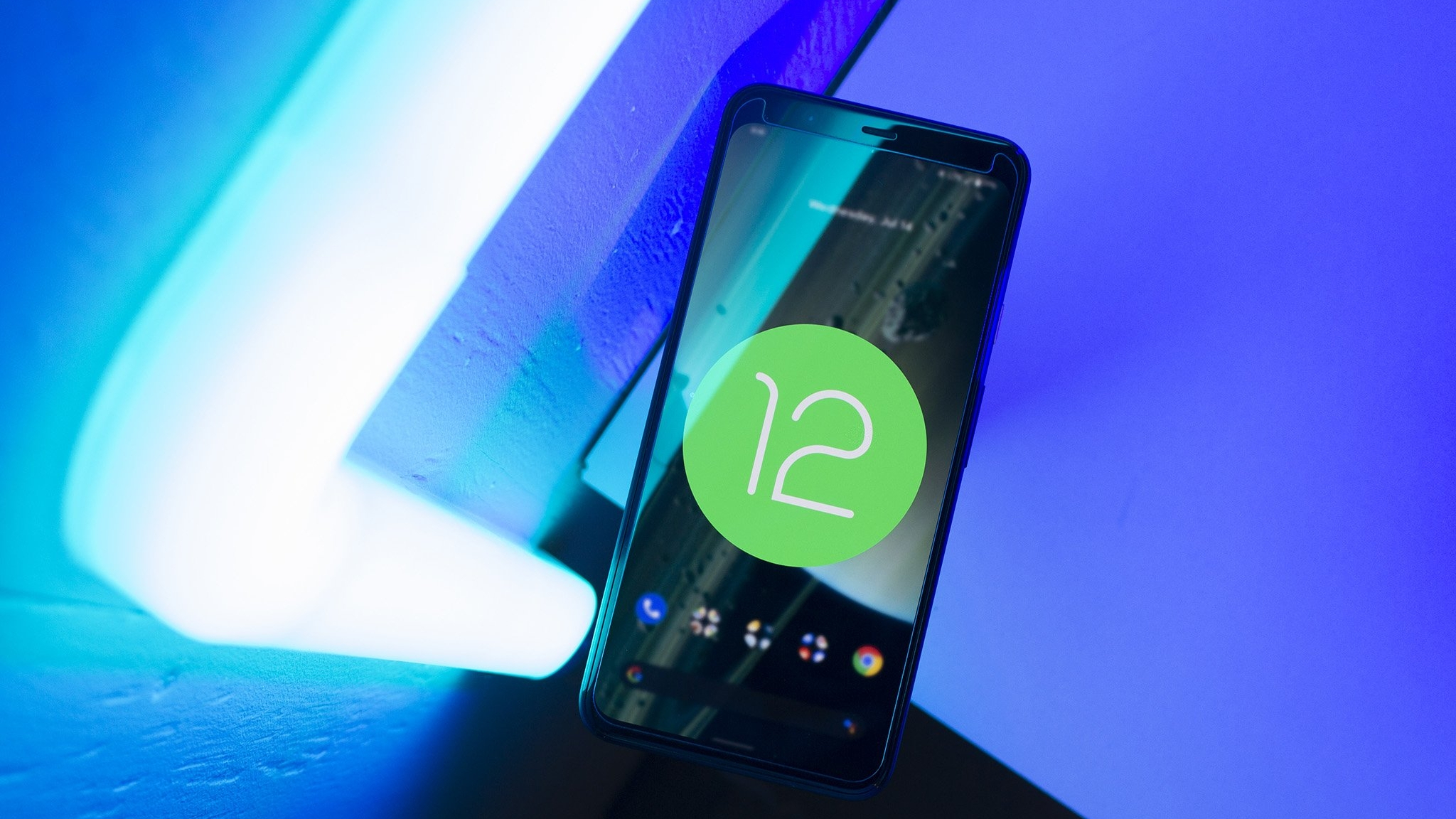Samsung Galaxy S21 vs. Galaxy S20: Should you upgrade?

Samsung Galaxy S21
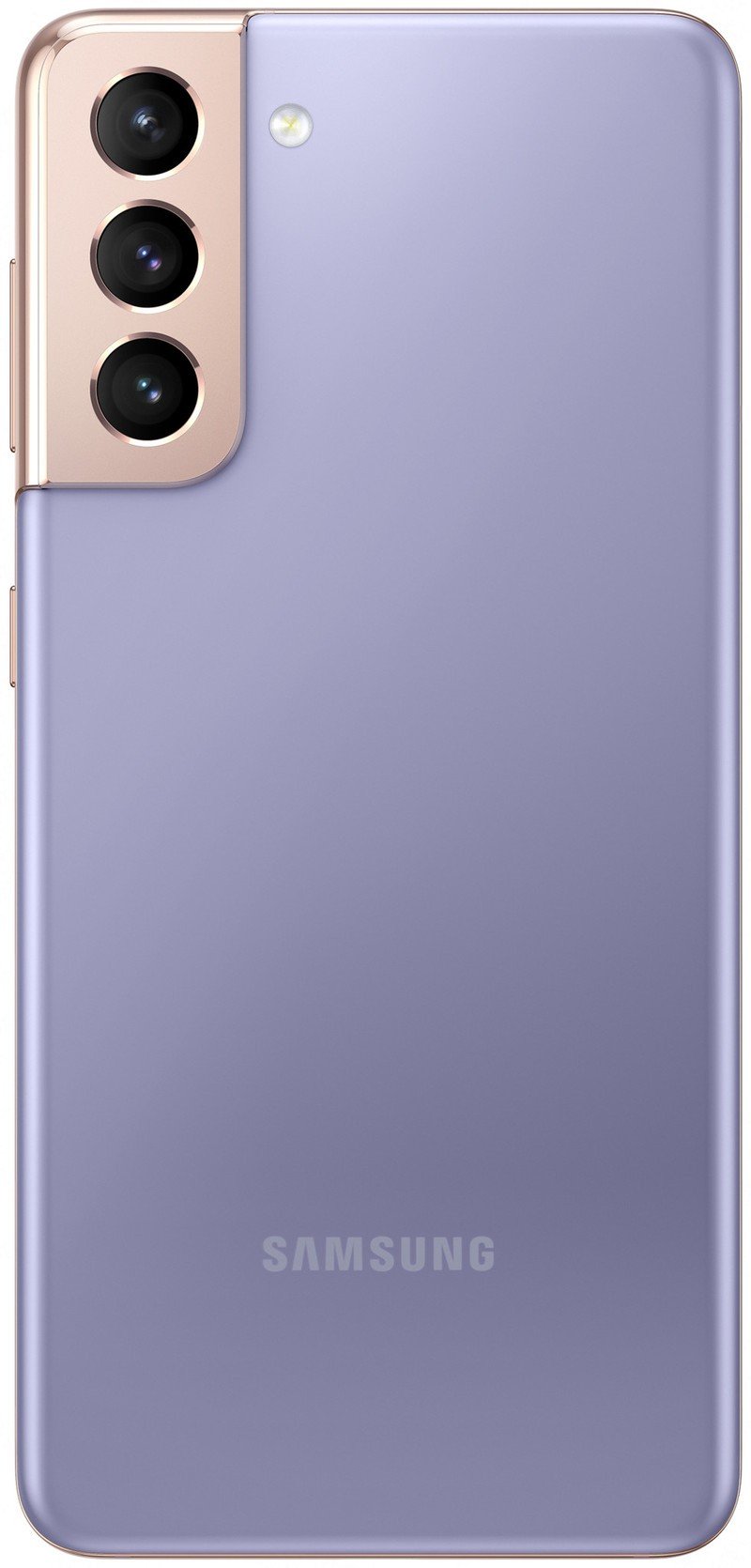
Samsung is finally realizing that less is more, and nowhere is this lesson more apparent than a Galaxy S21 that aims for the average consumer's needs rather than playing to bleeding-edge spec hounds. There's also a nice visual update and support for standalone and mmWave 5G.
Samsung Galaxy S21
The new hotness
Samsung Galaxy S20
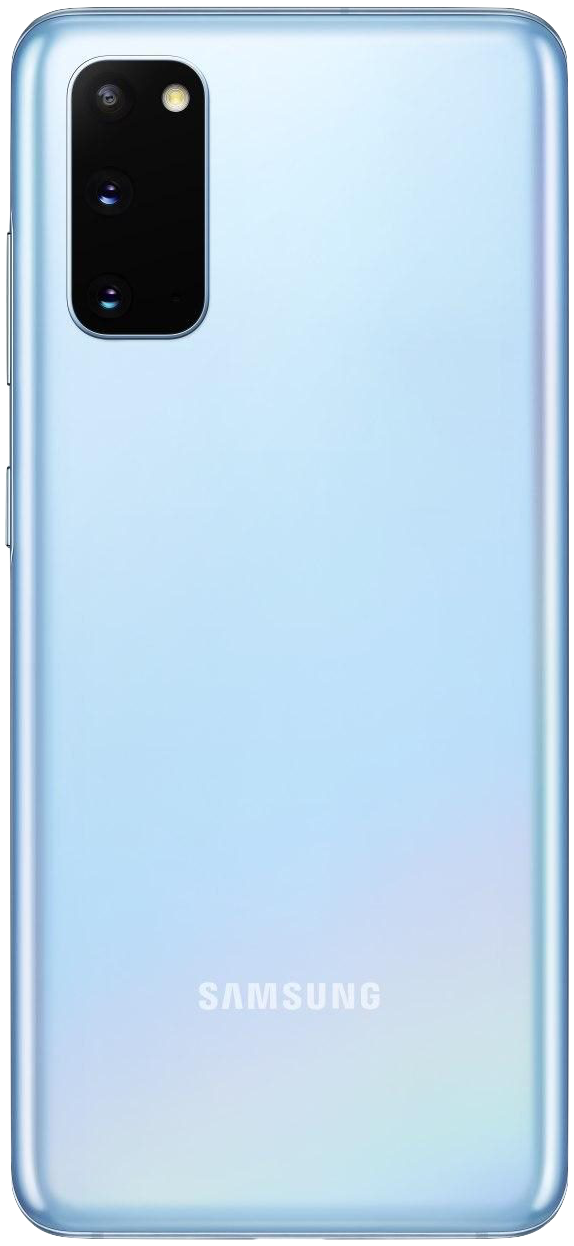
The Galaxy S20 was one of the best phones of last year, so if the incredible trade-in values don't lure you in, you can stick to a phone with great performance, good cameras, and a case you already have and love.
Samsung Galaxy S20
Niche appeal
Samsung is here with the Samsung Galaxy S21, and between a striking visual refresh and some strategic upgrades — and sidegrades — it's drawing a lot of attention. However, is it worth the hassle of trading in your year-old Galaxy S20 for the new model? The short answer: yes, so long as trade-in prices stay as high as they are.
The long answer is more complicated. The Galaxy S21 might not be a traditional upgrade, but it's certainly a practical one for all but the niche cases, which we'll outline below.
The Galaxy S21 is a sidegrade in all the right places
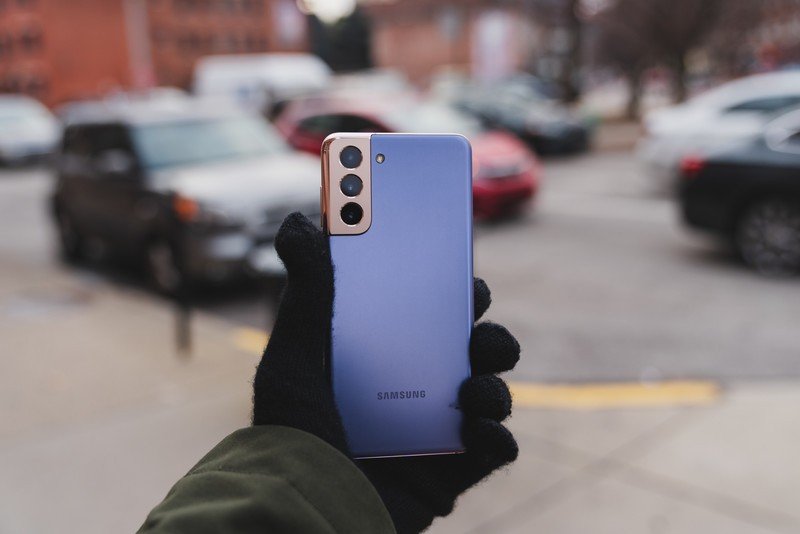
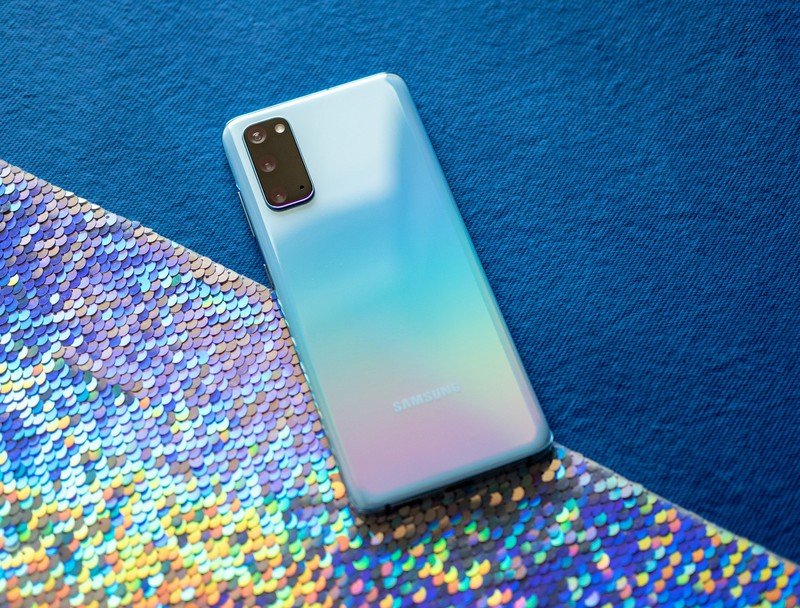
Pictured: Galaxy S21 (left) and Galaxy S20.
Looking at the Galaxy S21 and S20 side by side, the phones don't seem all that different, and in most ways, you'd be absolutely right. The screen size is the same, they're both the same height and thickness, and both have the same 4,000mAh battery. We get a newer processor and slightly newer cameras, and support for standalone and millimeter-wave 5G, but otherwise, the S21 is a lateral move rather than a barn-burner of an upgrade.
In fact, when you really look at the specs, Samsung even downgraded the S21 in a couple of places to keep that starting price as low as it did.
Be an expert in 5 minutes
Get the latest news from Android Central, your trusted companion in the world of Android
| Header Cell - Column 0 | Samsung Galaxy S21 | Samsung Galaxy S20 |
|---|---|---|
| Display | 6.2-inch 120Hz Dynamic AMOLED2400x1080 (20:9)HDR10+Gorilla Glass Victus | 6.2-inch 120Hz Dynamic AMOLED3200x1440 (20:9)563ppiHDR10+ |
| Processor | Snapdragon 888 | Qualcomm Snapdragon 865 |
| Memory | 8GB | 12GB |
| Storage | 128GB256GB | 128 GB |
| Expandable Storage | ❌ | Up to 1TB |
| Rear Camera 1 | 12MP f/1.8, OIS8K at 30fps4K at 60fps | 12MP wide1/1.76"1.8umf/1.8 |
| Rear Camera 2 | 12MP, f/2.2wide-angle | 64MP telephoto3x Hybrid Optic Zoom30x Super Resolution Zoom1/1.72"0.8umf/2.0 |
| Rear Camera 3 | 64MP, f/3.0telephoto, OIS3x optical zoom | 12MP ultra-wide1/2.55"1.4umf/2.2 |
| Front Camera | 10MP f/1.7auto focus | 10MP1.22umf/2.2 |
| 5G | Non Standalone (NSA)Standalone (SA)Sub-6mmWave | Non Standalone (NSA)Sub-6 |
| Mobile Payments | NFC | NFCMST |
| Battery | 4000mAh | 4,000 mAh |
| Dimensions | 151.7 x 71.2 x 7.9mm | 151.7 x 69.1 x 7.9mm |
| Weight | 172g | 163g |
RAM on the S21 is 8GB rather than the 12GB it was on the S20 5G — the Galaxy S20 4G sold in some international markets had 8GB, too — and while there's an option for 256GB of internal storage, there's no longer a microSD card slot. I am fine with the lack of microSD storage because it slows down the flagship experience and is prone to more problems, but some data hoarders will bemoan the inability to stick a terabyte of storage inside a 128GB phone.
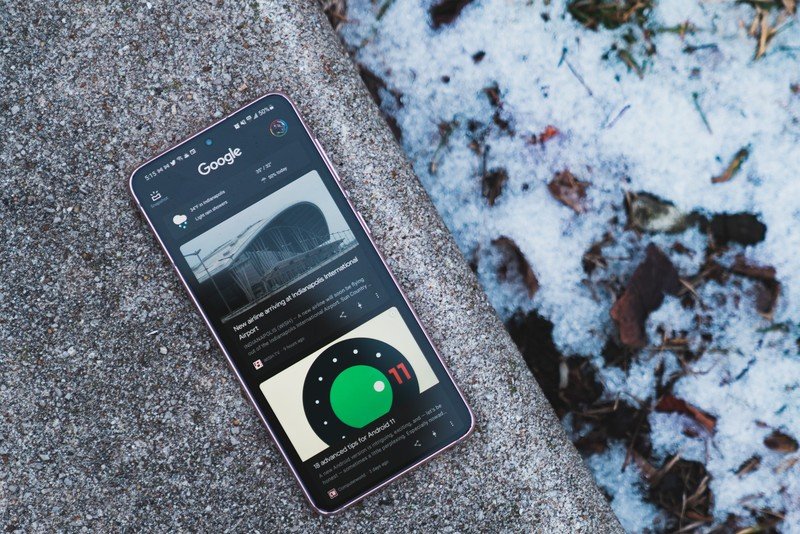
The other downgrade that users might notice is the screen. The S20 had a 1440p screen while the S21 "only" has 1080p, but there's a good reason for this change. The S20 supported 120Hz refresh rates only at 1080p; if you went up to 1440p, you were stuck with 60Hz. Since most people prioritized a faster refresh rate and that butter-smooth scrolling in Twitter and Instagram, 1440p was wasted on most Galaxy S20 users, and Samsung swapped down to 120Hz to save itself and consumers some money. Samsung also swapped to a flat panel, which is easier to grip and easier to buy good screen protectors for.
There's also something to be said for Samsung removing MST support for the North American models of the Galaxy S21, but like with microSD support, its death is actually a good thing unless you live somewhere with older, outdated card readers.
Samsung Galaxy S21 vs. Galaxy S20: Why upgrading is a no-brainer
If the Galaxy S21 isn't this massive, spec upgrade, why is upgrading such a compelling proposition this year? Samsung's trade-in deal this year is even more better than normal.
See, the Galaxy S21 starts at $800, but Samsung's running a special where they'll give you $700 of trade-in value for a Galaxy S20, S20+, or S20 Ultra. This means that S20 owners can get an S21 for just $100 plus an extra $100 of promotional credit at Samsung.com to use towards cases, chargers, or even those swanky new Galaxy Buds Pro.
So, you can get the S21 for basically free, and for the upgraded cameras, the better 5G support, and an extra year of software updates, you should absolutely take advantage.

Get it while trade-in values last
Samsung gave the S21 a better fingerprint sensor, slightly upgraded cameras, and support for mmWave 5G rather than just sub-6. So long as you can trade in your S20 and get the S21 for $100, you probably should.

If you need microSD or MST, stay where you are
The S21 has tons of fun updates, but it also saw the removal of a few small but potentially impactful features. If you love having a microSD card for storing tons of offline movies or you live somewhere that NFC payments still aren't widespread but Samsung Pay's MST is still useful, you'll want to keep your current phone.
Ara Wagoner was a staff writer at Android Central. She themes phones and pokes YouTube Music with a stick. When she's not writing about cases, Chromebooks, or customization, she's wandering around Walt Disney World. If you see her without headphones, RUN. You can follow her on Twitter at @arawagco.

